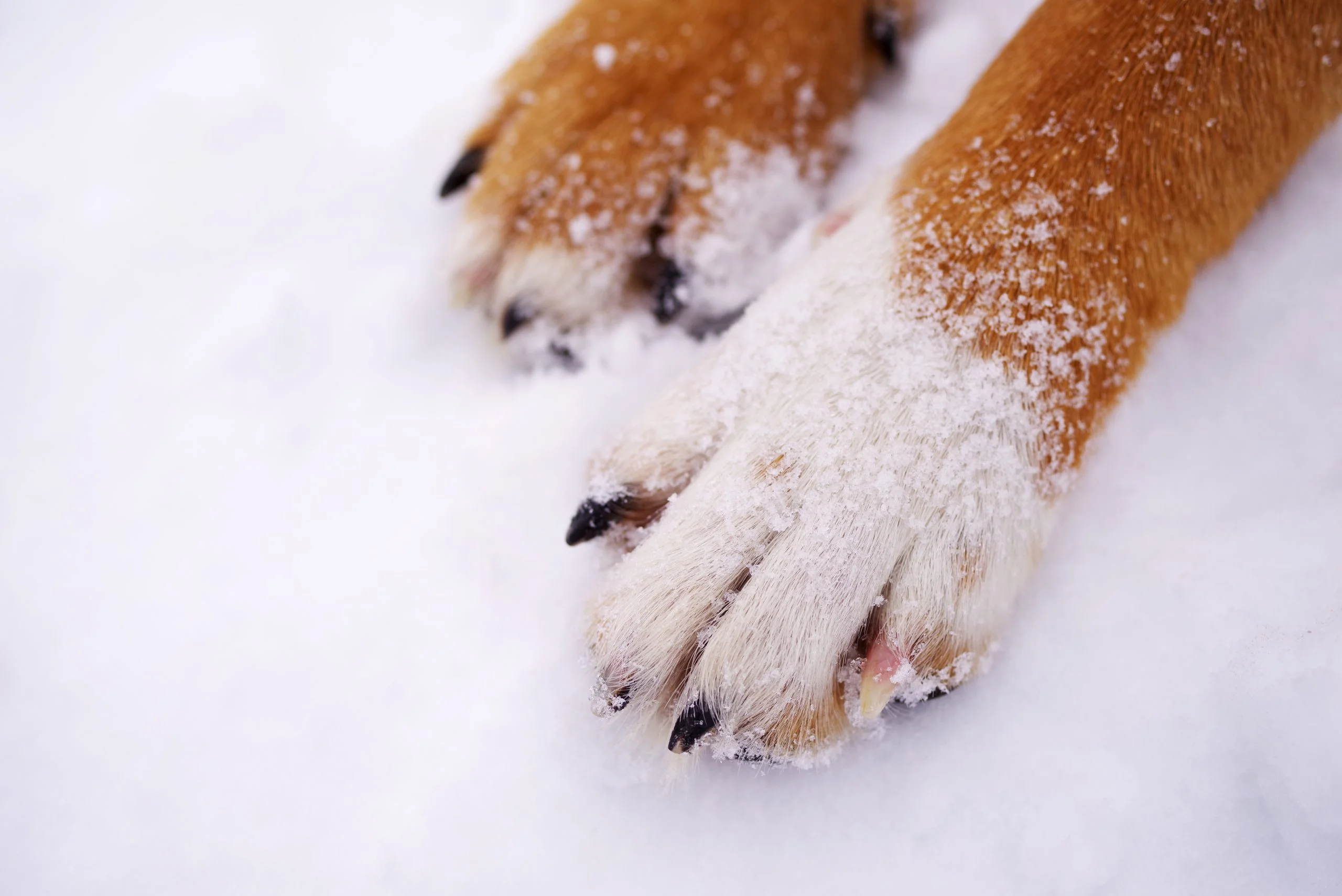
When the weather turns cold and the temperature drops, taking extra precautions is essential to protect the animals who live in our homes and neighborhoods. The bitter cold poses significant health and safety risks to pets, farm and community animals, and wildlife of all species. Fortunately, there are many things you and your family can do to support the well-being of animals during the long winter months.
- Make sure all your pets have a warm place to sleep indoors, off the floor, and away from drafts. Kittens and older cats may appreciate a heated pad or bed, which are readily available at most pet stores. Just remember to keep a close eye on your pet when using any heat source.
- Make preparations to care for your pets during power outages or pipe bursts, especially if you share your home with fish, reptiles, or small mammals.
- Avoid leaving small, short-haired, or very young and old dogs outside without supervision. When walking in a winter wonderland, you may want to provide these dogs with sweaters, jackets, and booties to help keep them safe and cozy.
- While larger, long-haired dogs with double fur coats (such as Nordic breeds) may enjoy the cold and snow, they too should live primarily indoors and have reliable access to warm, dry shelter whenever they’re outside.
- It’s important to keep your pets’ coats well-groomed; matted fur doesn’t protect them from the freezing cold.
- Both pets and wildlife need access to plenty of fresh water. Animals can’t burn calories without water, and if they can’t burn calories, they can’t keep warm. Use a tip-resistant, ceramic, or hard plastic water bowl; when the temperature is low, an animal’s tongue can stick and freeze to metal. You can also leave out (and frequently replenish) a bowl of clean water for wildlife.
- Many ice melt products can be hazardous for our animal friends. After spending time outdoors, wipe your pet’s feet, legs, and abdomen to prevent ingestion of salt and dangerous chemicals. Make sure to use a pet-friendly ice melt product on your own walkways as well.
- Don’t let your dogs off leash on snow or ice, and never let your pets walk across frozen ponds or lakes. As an extra measure of protection, make sure your pets are microchipped and always wearing collars with up-to-date identification tags – particularly when a storm or blizzard is in the forecast.
- If you have a garden pond, help care for wildlife by creating holes in the ice to help release toxic gasses that can kill fish and frogs. This should be done carefully by putting a pan of hot water on top of the icy layer.
- Keep an eye out for stray pets! If you find a lost pet, approach the animal gently so as not to stress them and take them to a local animal shelter. If you are unable to approach or secure the animal safely, contact your county’s animal control agency.
- Keep snow from piling up high next to your fence. A packed snowdrift may provide a boost for dogs to escape the confines of your yard.
- Check your garage and driveway for antifreeze and other chemicals commonly used in the wintertime. Antifreeze is a deadly poison, but it has a sweet taste that often attracts animals. It’s critical to wipe up any spills or leaks right away! Better yet, use pet-safe antifreeze, which is made with propylene glycol. If ingested in small amounts, it will not harm pets, wildlife, or your family.
- Before driving, be sure to check your car’s engine, as well as under and on top of your wheels, for resting animals. It’s common for outdoor cats and wildlife to seek refuge and warmth from vehicles in chilly weather. Simply give your horn or hood a tap to give animals the chance to dash off.
- Never leave a pet alone in a car, especially in extreme temperatures.
- Consider the amount of exercise your pets receive during colder weather and adjust their food intake accordingly. Sleepy animals may need to eat less, while pets who are highly active will likely need more food to produce enough body heat. Consult with a veterinarian to discuss how much to feed your furry friend, and make sure you have a full supply of pet food on-hand – both during the winter and throughout the entire year.
Looking for a pet to snuggle with by the fire this winter? Check out our adoptable animals today!
